Membrane Transporter/Ion Channel
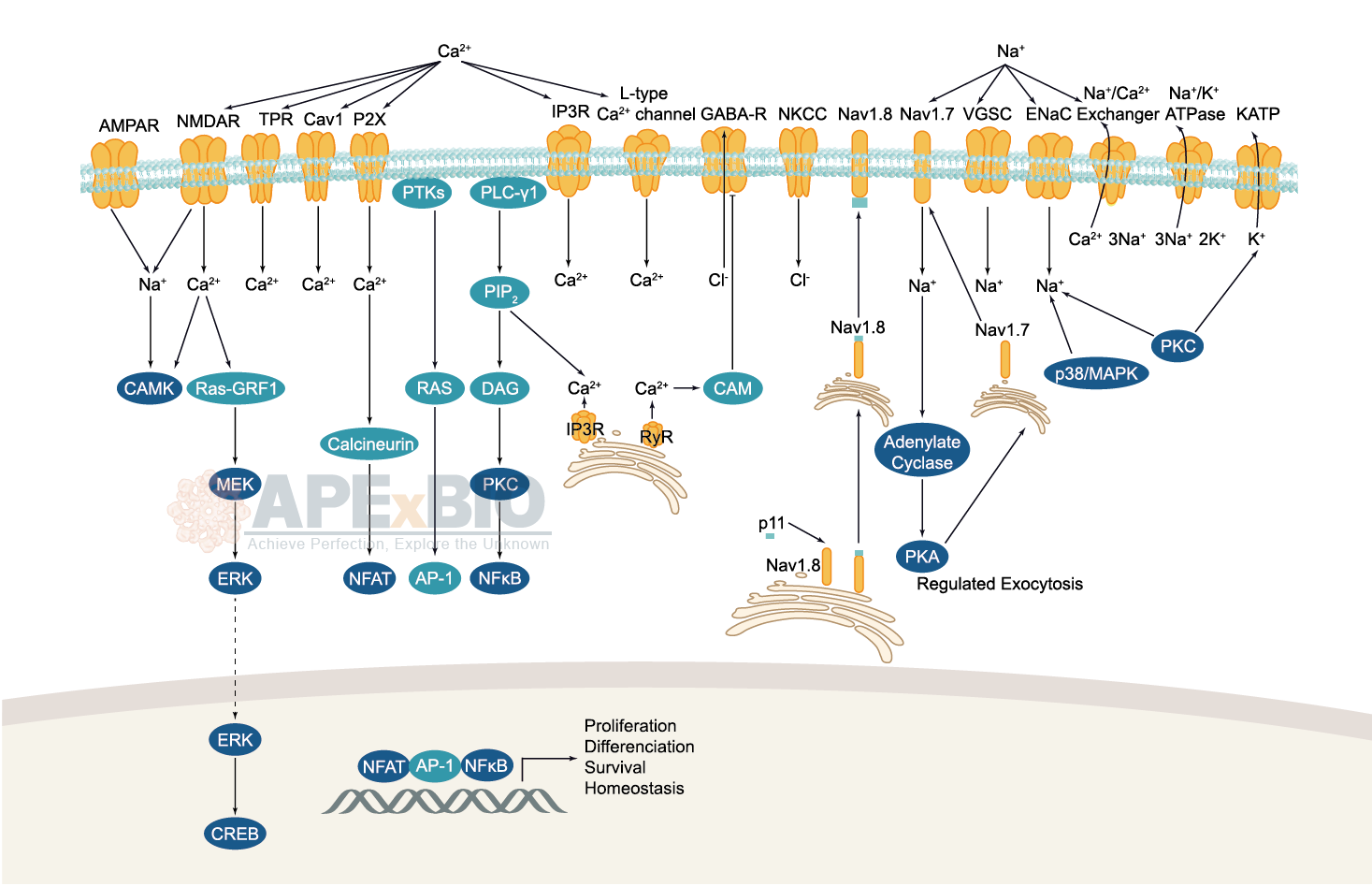
Ion channels are pore-forming membrane proteins which allow the flow of ions across the membrane. The ion channels can be broadly grouped into six families including calcium channels, chloride channels, potassium channels, sodium channels, gap junction proteins and porins. Not all ion channels are gated, such as certain type of K+ and Cl– channels, transient receptor potential superfamily of cation channels, the ryanodine receptors and the IP3 receptors, but most Na+, K+, Ca2+ and some Cl– channels are all gated by voltage. Ligand-gated channels are regulated in response to ligand binding (e.g. neurotransmitters signaling). These ligand-gated neurotransmitter receptors are known as ionotropic receptors. Various neurotransmitters couple to ionotropic receptors such as glutamate, acetylcholine, glycine, GABA, and serotonin.
-
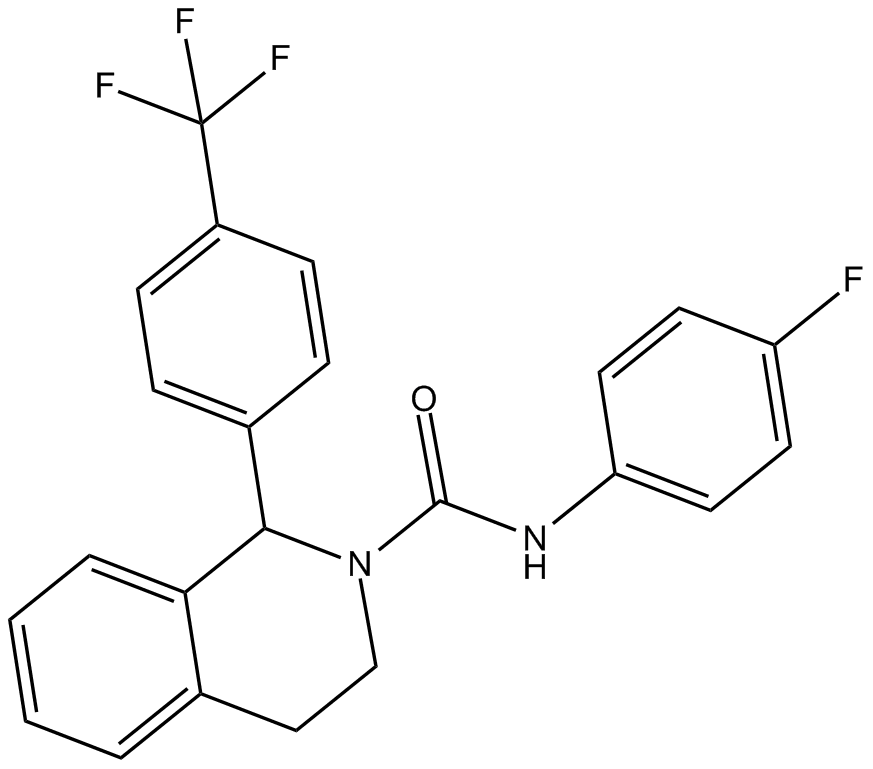 B5661 TC-I 2000Summary: TRPM8 channel blocker
B5661 TC-I 2000Summary: TRPM8 channel blocker -
 B5696 ML 204Summary: TRPC4 channels blocker
B5696 ML 204Summary: TRPC4 channels blocker -
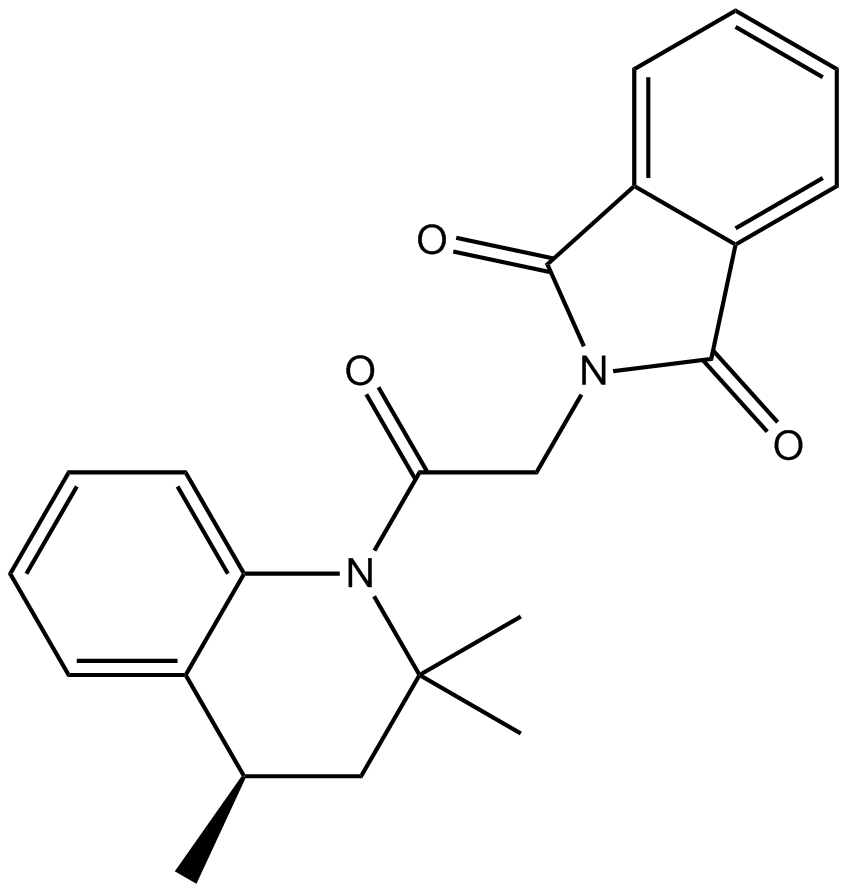 B5700 ML SA1Summary: activator of TRPML channels
B5700 ML SA1Summary: activator of TRPML channels -
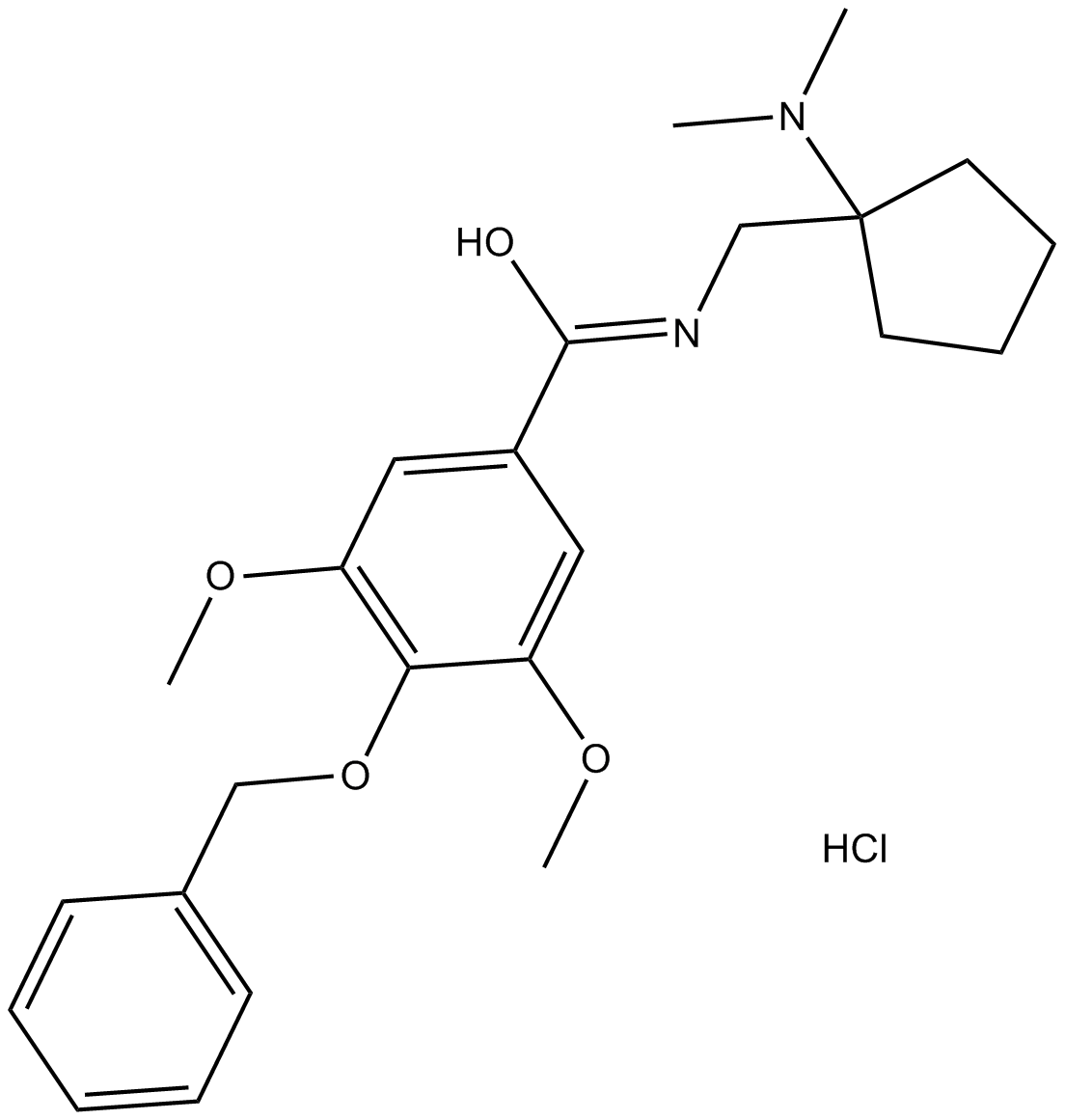 B5713 Org 25543 hydrochlorideSummary: GlyT2 inhibitor
B5713 Org 25543 hydrochlorideSummary: GlyT2 inhibitor -
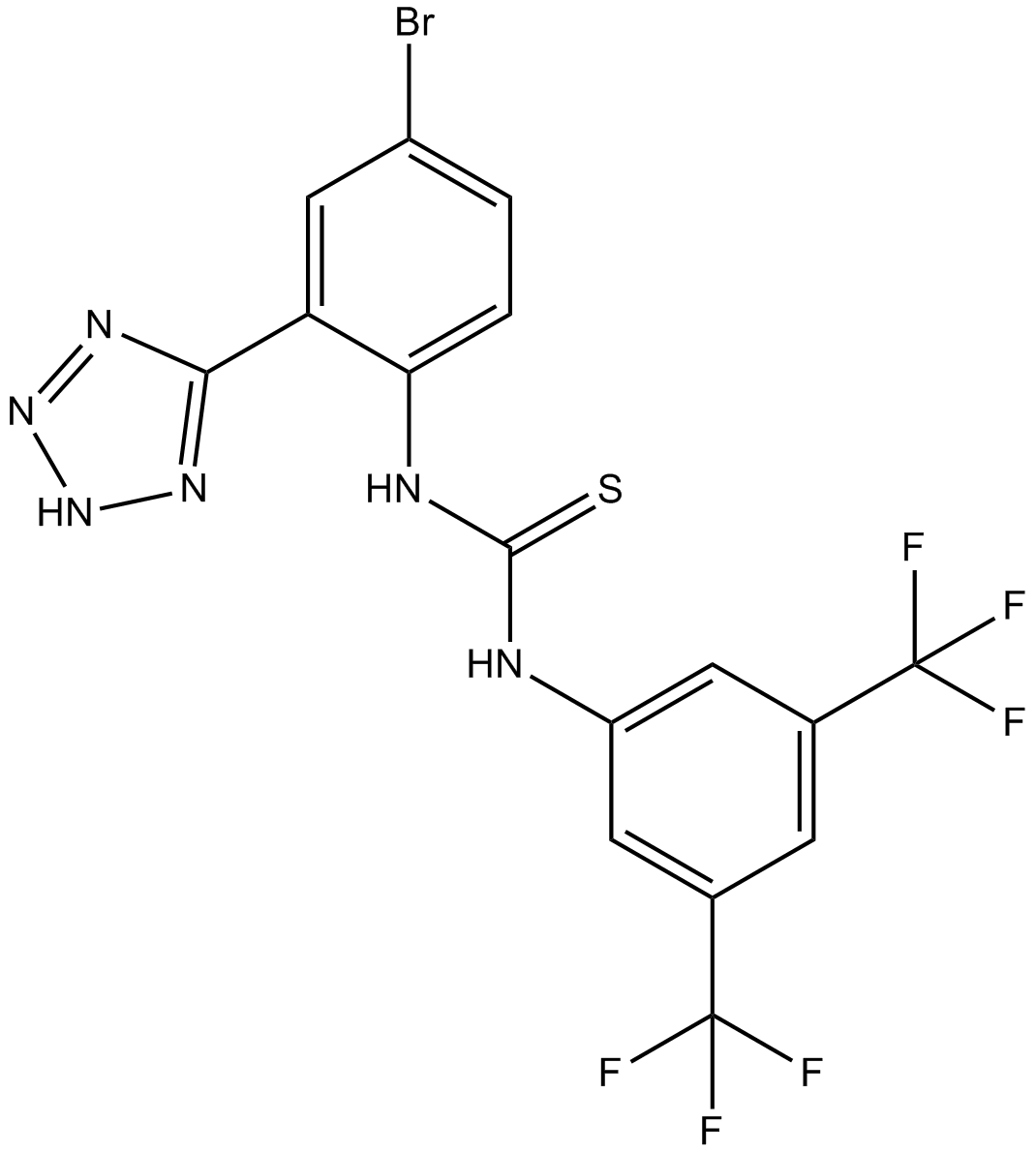 B5715 NS 11021Summary: large-conductance Ca2+-activated potassium channels activator
B5715 NS 11021Summary: large-conductance Ca2+-activated potassium channels activator -
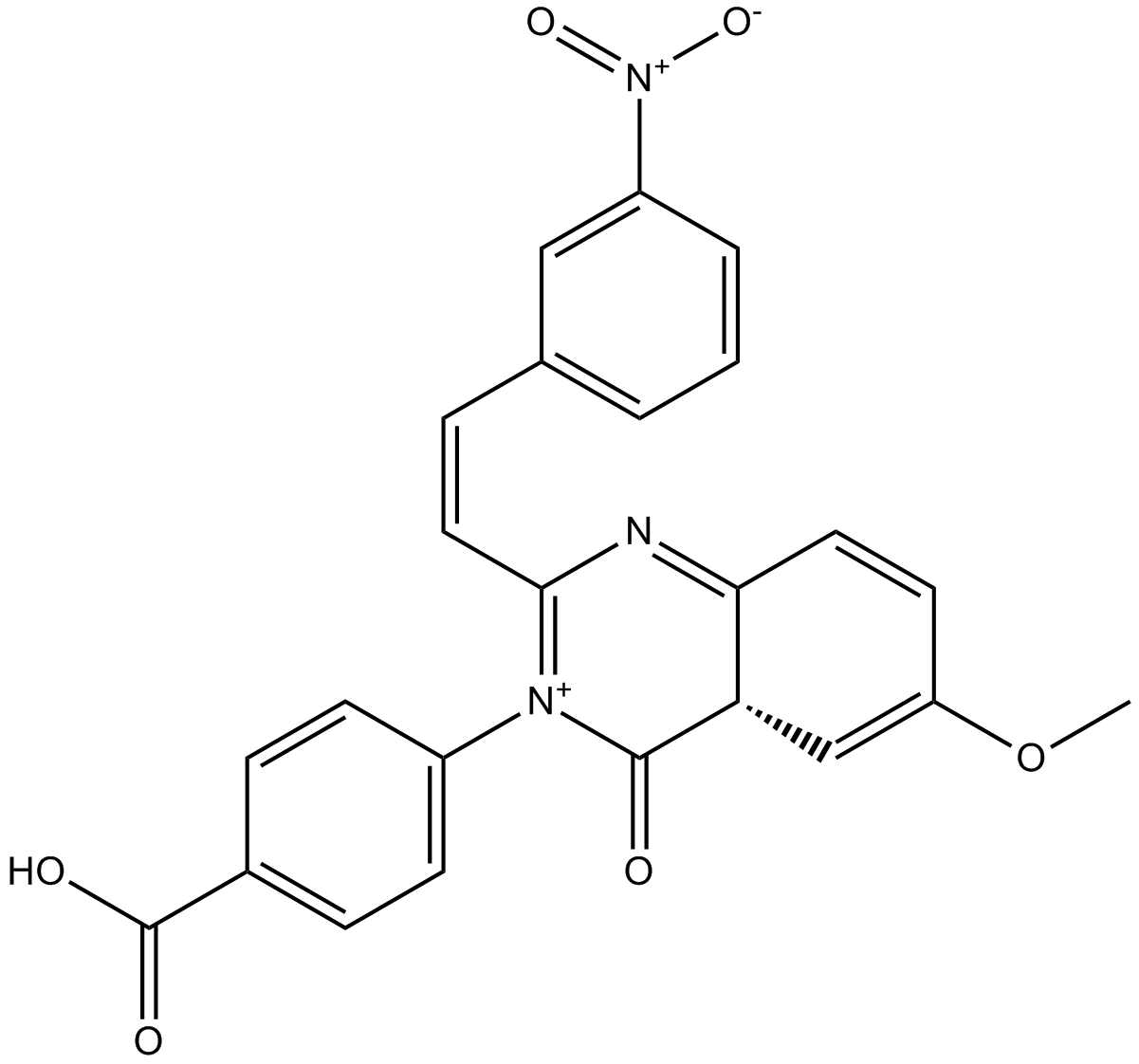 B5718 QNZ 46Summary: NR2C/NR2D-selective NMDA receptor antagonist
B5718 QNZ 46Summary: NR2C/NR2D-selective NMDA receptor antagonist -
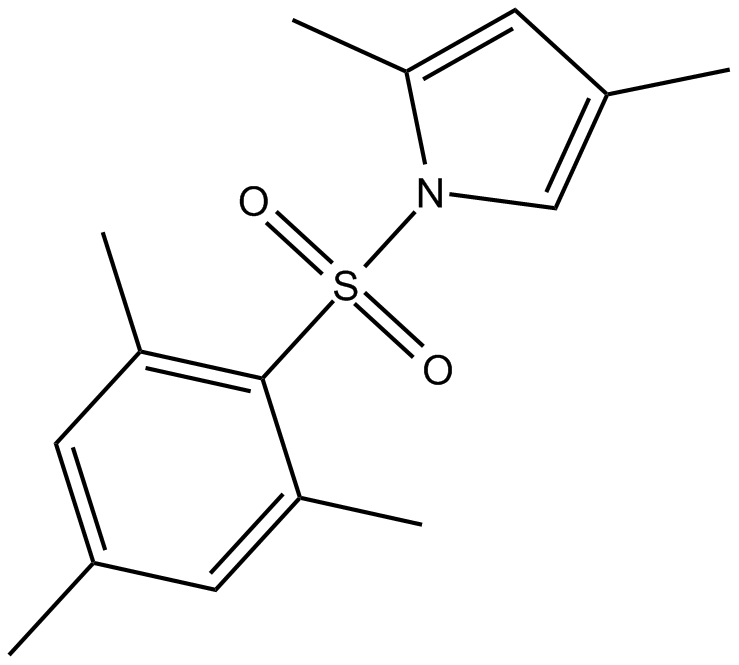 B5733 HJC 0350Summary: EPAC2 antagonist, potent and selective
B5733 HJC 0350Summary: EPAC2 antagonist, potent and selective -
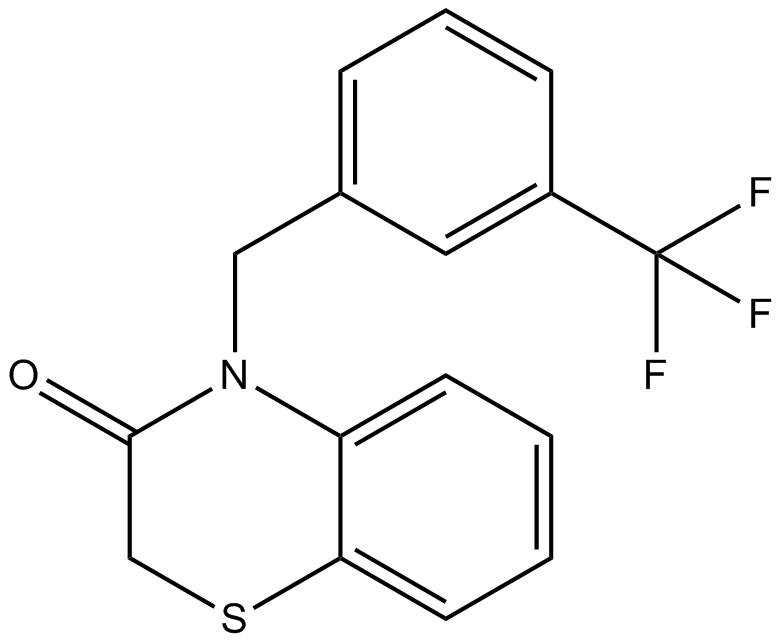 B5740 NS 6180Summary: KCa3.1 channel blocker
B5740 NS 6180Summary: KCa3.1 channel blocker -
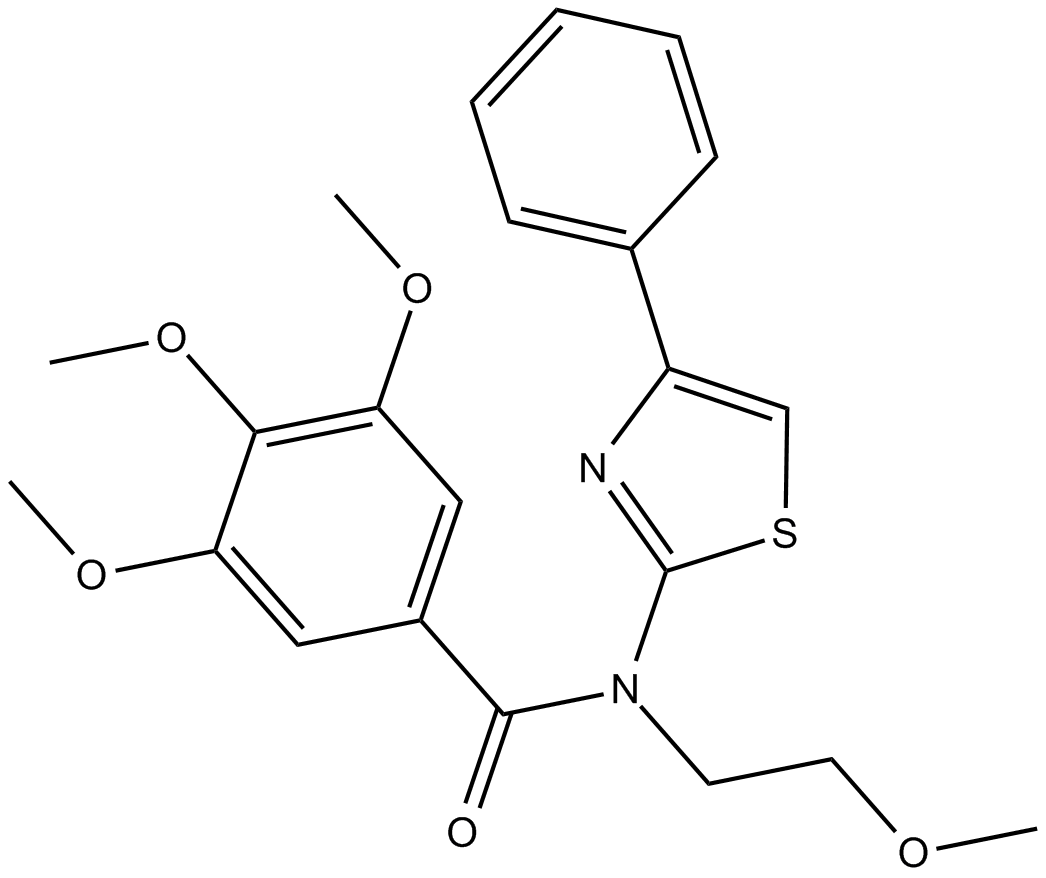 B5746 EactSummary: TMEM16A (ANO1) calcium-activated chloride channel (CaCC) activator
B5746 EactSummary: TMEM16A (ANO1) calcium-activated chloride channel (CaCC) activator -
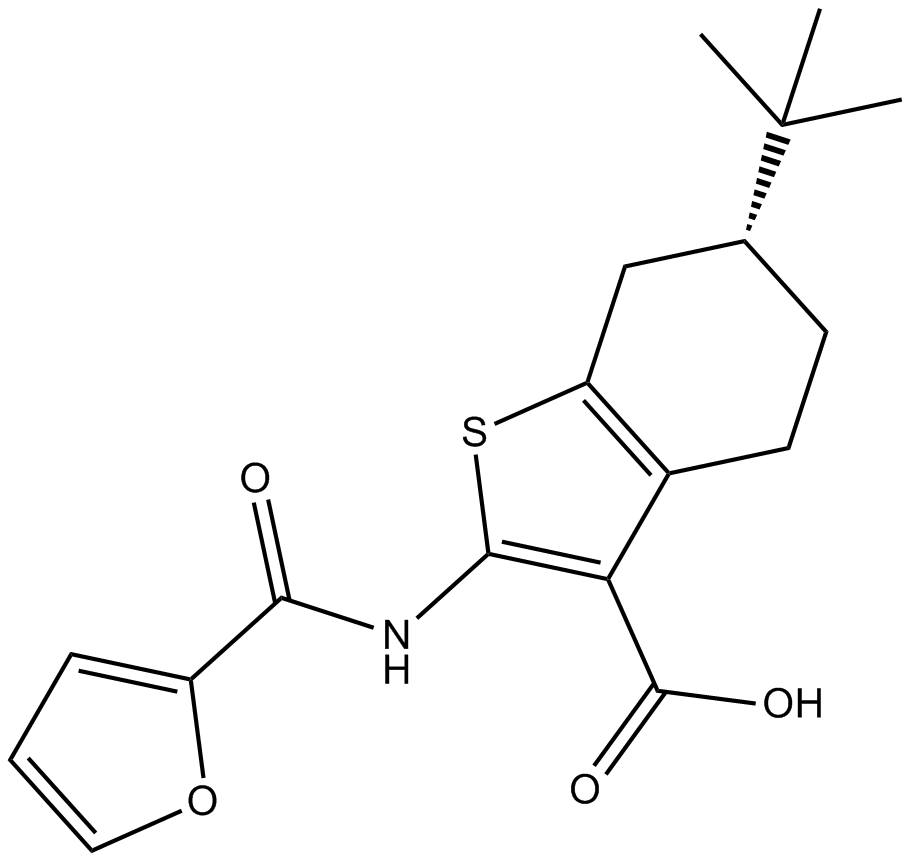 B5747 CaCCinh-A01Summary: calcium-activated chloride channel (CaCC) inhibitor
B5747 CaCCinh-A01Summary: calcium-activated chloride channel (CaCC) inhibitor

